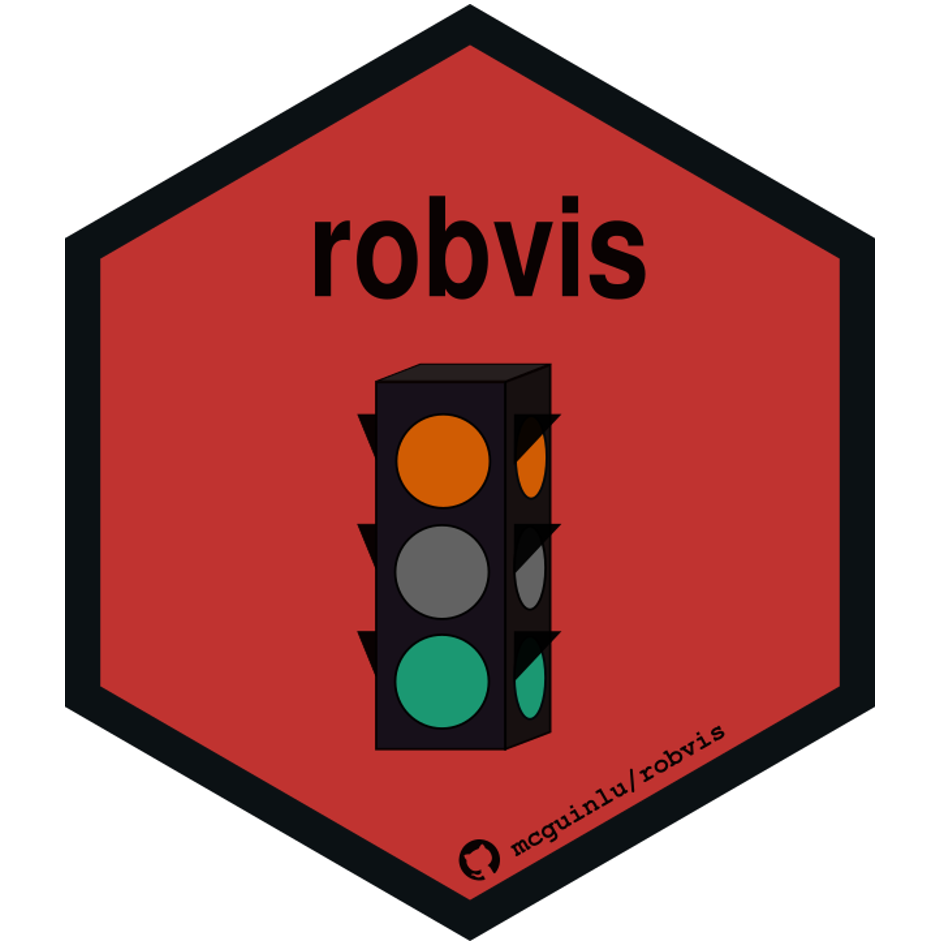
The hardware and bandwidth for this mirror is donated by dogado GmbH, the Webhosting and Full Service-Cloud Provider. Check out our Wordpress Tutorial.
If you wish to report a bug, or if you are interested in having us mirror your free-software or open-source project, please feel free to contact us at mirror[@]dogado.de.

UPDATE: robvis now exists as a web-app, aimed at those
who are not familiar with R or who want to explore the package’s
functionality before installing it locally.
The robvis package takes the summary table from
risk-of-bias assessments, converts it to tidy data, and produces summary
plots formatted according to the assessment tool used.
First ensure you have the devtools package
installed:
install.packages("devtools")
library(devtools)Then, to install:
install_github("mcguinlu/robvis")
library(robvis)To update the package, run the
install_github("mcguinlu/robvis") command again.
To load your own data from a .csv file:
mydata <- read.csv("path/to/mydata.csv", header = TRUE)To help users explore robvis, we have included example
datasets in the package, one for each of the tool templates that
currently exist within the package. The data_rob2 dataset
(view
it here), which contains example risk-of-bias assessments performed
using the RoB2.0 tool for randomized controlled trials, is used to
create the plots in subsequent sections.
The package contains two plotting functions:
Returns a ggplot object displaying a weighted barchart of the risk of bias of included studies across the domains of the specified tool.
summary_rob <- rob_summary(data = data_rob2, tool = "ROB2")
summary_rob
Returns a ggplot object displaying a “traffic light plot”, displaying the risk of bias judgment in each domain for each study.
trafficlight_rob <- rob_traffic_light(data = data_rob2, tool = "ROB2")
trafficlight_rob
Outputs a list of the risk of bias assessment tools for which a template currently exists in rob_summary(). We expect this list to be updated in the near future to include tools such as ROBIS (tool for assessing risk of bias in systematic reviews).
rob_tools()
[1] "ROB2"
[1] "ROBINS-I"
[1] "QUADAS-2"
[1] "ROB1"The colour argument of both plotting functions allows
users to select from two predefined colour schemes (“cochrane” or
“colourblind”) or to define their own palette by providing a vector of
hex codes.
For example, to use the predefined “colourblind” palette:
summary_rob <- rob_summary(data = data_rob2, tool = "ROB2", colour = "colourblind")
summary_rob
And to define your own colour scheme:
summary_rob <- rob_summary(data = data_rob2, tool = "ROB2", colour = c("#f442c8","#bef441","#000000"))
summary_rob
By default, the rob_summary() function creates a barplot
weighted by some measure of a study’s precision. This can be prevented
using the “weighted” argument. For example, compare the following two
plots:
summary_rob <- rob_summary(data = data_rob2, tool = "ROB2")
summary_rob
summary_rob <- rob_summary(data = data_rob2, tool = "ROB2", weighted = FALSE)
summary_rob
Finally, because the output (summary_rob and
trafficlight_rob in the examples above) is a ggplot2
object, it is easy to adjust the plot to your own preferences.
For example, to add a title to the unweighted RoB2.0 plot created above:
library(ggplot2)
summary_rob +
ggtitle("Summary of RoB2.0 assessments")
Please note that the ‘robvis’ project is released with a Contributor Code of Conduct. By contributing to this project, you agree to abide by its terms.
This project is licensed under the MIT License - see the LICENSE.md file for details.
rob_summary() function was based on code forwarded
by a colleague. I recently discovered that this code was adapted from
that presented in the wonderful “Doing
Meta-Analysis in R” guide, so I would like to acknowledge the
authors here.ggplot2 coding issues.robvis hex sticker.These binaries (installable software) and packages are in development.
They may not be fully stable and should be used with caution. We make no claims about them.
Health stats visible at Monitor.